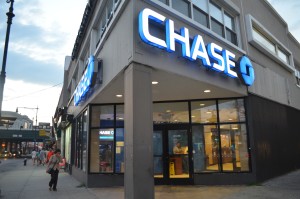While positive developments with the pandemic led JPMorgan Chase to release funds from its credit reserves, leading to record profits in the fourth quarter, the total credit reserves remain high.
JP Morgan Chase’s fourth quarter net income was $12.1 billion, up 42 percent compared to the same quarter last year. The increase was largely driven by a release of $2.9 billion from credit reserve, the bank said.
“JPMorgan Chase reported strong results in the fourth quarter of 2020, concluding a challenging year where we generated record revenue, benefiting from our diversified business model and dedicated employees,” Jamie Dimon, JPMorgan Chase’s chairman and CEO, said in a statement discussing the fourth quarter earnings. “While we reported record profits of $12.1 billion, we do not consider the reserve takedown of $2.9 billion to represent core or recurring profits – essentially reserve calculations, while done extremely diligently and carefully, now involve multiple, multi-year hypothetical probability-adjusted scenarios, which may or may not occur and which can be expected to introduce quarterly volatility in our reserves.”
Dimon said positive vaccine and stimulus developments contributed to the reserve releases. But credit reserves remained at over $30 billion, he said, reflecting significant near-term economic uncertainty. Dimon added that the amount in reserve would allow JPMorgan “to withstand an economic environment far worse than the current base forecasts by most economists.”
The reserve releases included $900 million from Chase’s home lending division.
Net income in Chase’s Consumer & Community Banking, which includes home lending, was $4.3 billion, up 3 percent from the fourth quarter of 2019. Home lending had net revenue of $1.5 billion, up 16 percent from the fourth quarter of 2019.
“Within our consumer lending franchise, auto and retail mortgage originations were both up more than 20 percent,” Dimon said. “Consumer spending continued to recover, as reflected in combined debit and credit card spend being up for the full quarter.”









